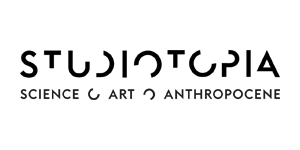Confronted with their ephemerality, human beings continue to (sometimes abusively) build and create, driven by the sole ambition to leave something behind. Should we fill museums with objects and then build an industry to keep them intact?
Browsing through my notebook, I rediscovered some sketches from the last year’s trip to Letea, a village in the Danube Delta. An abandoned hut is an eating ground for a horse. Houses in the delta, built on wooden structure, are made of reeds and clay. The roof is also made of reed. The Danube Delta, a land of harsh natural conditions and a complex social context, appears like a desolate landscape, abandoned by humans, with houses in decay, fallen to the ground and transformed into undefined grass-covered mounds, resembling a grave.
As in The Little Prince, the hat drawing (a mound, a heap of sand) is of an elephant swallowed by a snake or a house swallowed by a tomb. There are no ruins, no architectural traces or human intervention.
Maybe the work of art should have a similar life to that of humans: it is born, it lives and it dies.
In 2009, he represented Romania at the 53rd International Art Exhibition of the Venice Biennale. His works have been exhibited in SMAK Ghent, Centre Pompidou, Paris; Venice Biennale; Ludwig Museum, Budapest; Tate Modern, London; Contemporary Art Center, Geneva; n.b.k. – Neuer Berliner Kunstverein, Berlin; New Museum, New York.
Credits
This project was realised within the framework of the STUDIOTOPIA program at Cluj Cultural Centre with support of the Creative Europe Culture Programme of the European Union.
In 2009, he represented Romania at the 53rd International Art Exhibition of the Venice Biennale. His works have been exhibited in SMAK Ghent, Centre Pompidou, Paris; Venice Biennale; Ludwig Museum, Budapest; Tate Modern, London; Contemporary Art Center, Geneva; n.b.k. – Neuer Berliner Kunstverein, Berlin; New Museum, New York.
div class=”high”>





